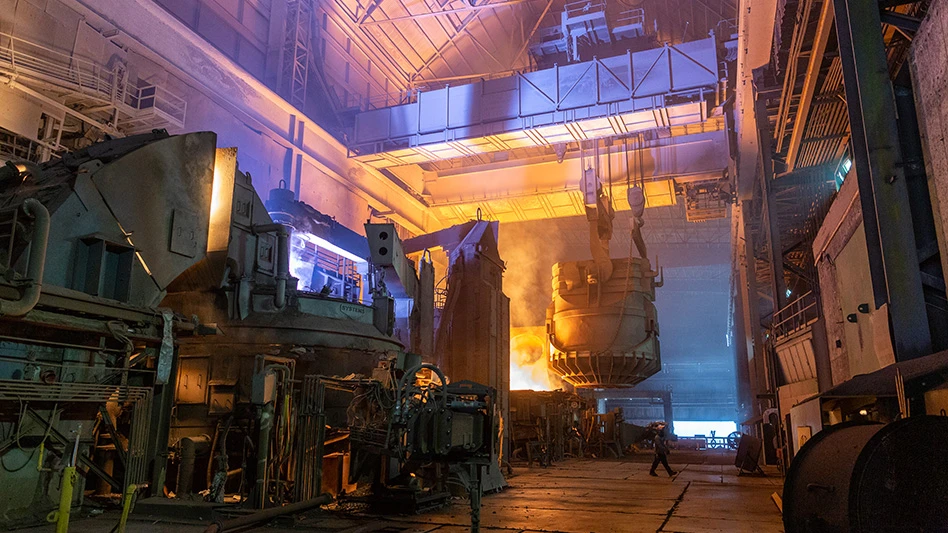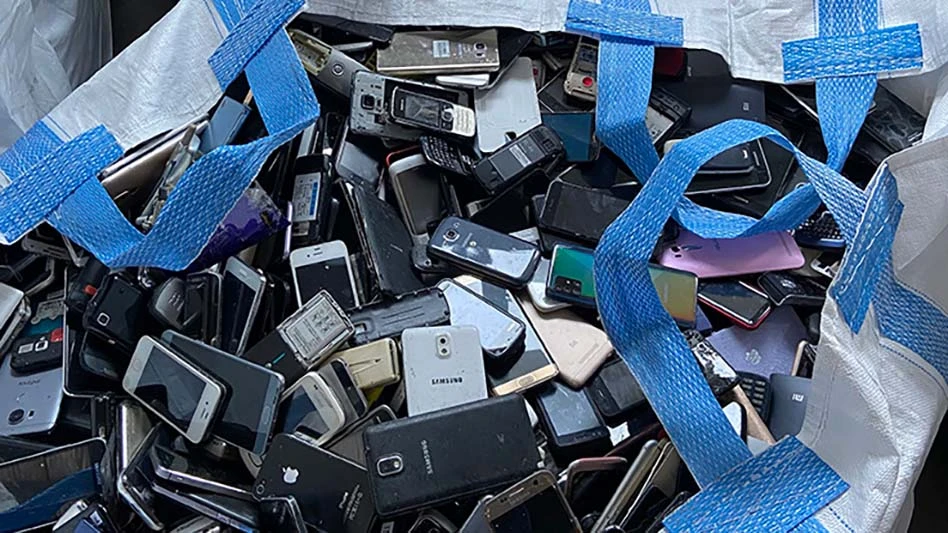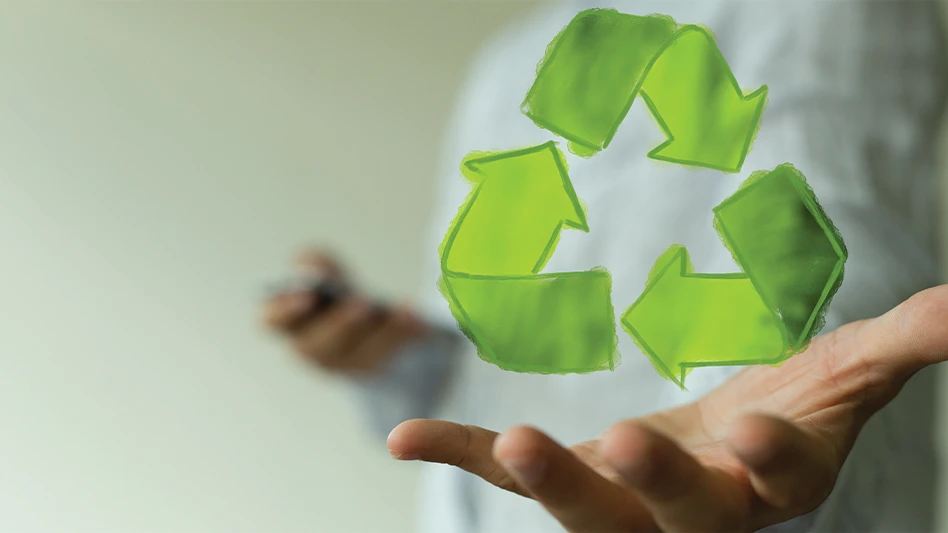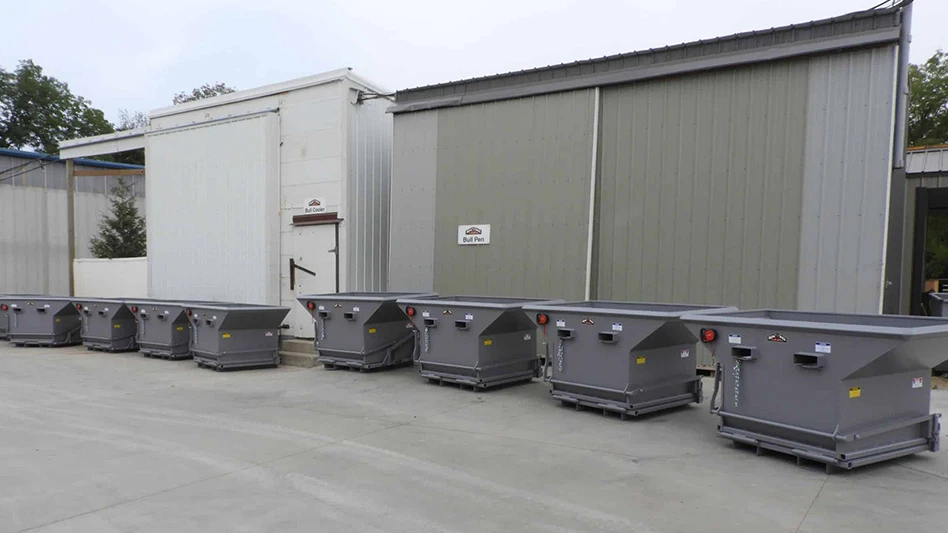
Editor’s note: The following article is an edited transcript of the presentation Greg Rudder of RISI gave at the 2017 Paper & Plastics Recycling Conference in mid-October.
As it relates to what we do at RISI, Pulp & Paper Week (PPW) has been around since 1978. RISI acquired OBM (Official Board Markets) a number of years ago. We had recovered paper pricing with PPW, and of
RISI offers:
- a Bench$mart pricing service that we acquired that is compiled with input from mills and is reported usually a month later or a few months later than the actual transactions, whereas PPW comes out the month of;
- a Pulp & Paper News Service, which I’m closely involved with;
- for 22 years I’ve been the lead editor of PPW, which comes out each Friday, 48 times a year and includes the news service that we put together and offer online as well as the market reports included in PPW;
- our forecasting service—Hannah Zhao is our economist who handles recovered paper—that comes out monthly and that’s all about the pricing and supply/demand forecast; and
- we have a mill asset database, which is hugely useful in that you can look up a mill, such as GP’s (Georgia Pacific’s) Rincon (Savannah River) mill, and you can see the number of machines it has, its furnish mix and what it makes in terms of capacity. It gives a good indication to folks who are supplying raw material to mills of the size of these operations. We have that information for the mills in North America.
Those are our services, as I say the circle—from the pricing around to the mills to the forecasting and the other reports—that we provide.
Making sense of methodology
Methodology—It’s a sensitive area. We’ve got the general explanation of our methodology: “RISI’s assessment of the open market price for purchases by mills, excluding premiums, based on actual transaction prices and supporting data gathered from a systematic survey of buyers and sellers that
We exclude premiums on domestic prices, which are FOB (free on board), and then we’ve got the export prices as well, which are FAS (free alongside ship) and CFR (cost and freight). If you want to read our methodology report, please do. It’s going to be much clearer than I’m going to be today related to how we do the pricing. It is available at www.risiinfo.com/approach/methodology/price-assessment-methodology.
We are looking at open market prices based on negotiations. We exclude premiums. We’re looking at spot market purchases. We’re looking at the premiums and how they change and trying to determine the value of OCC (old corrugated containers) or of mixed paper or sorted office paper—all of the grades we track on the domestic market and on the export market as well—117 domestic mill prices across nine regions, 37 export prices to China/Asia and six Mexico prices are published.
We don’t include the generator piece. We’re looking at the processor to the mill. That’s where our focus is.
Market update
Everything started to go differently in mid-September of 2016. And, of course, where we are as of October 2017, 13 months later, the market is full of uncertainty and unknown related to what has gone on in China and with the government. And that has come back to affect the domestic market because 1 out of every 4 tons on average of the 52-million-ton U.S. market is exported to China.
Recovered paper is an $8.5 billion business. Fifty-nine percent of the recovered paper collected in the U.S. is sold in the domestic market, while 41 percent is exported. Of the export share, two-thirds goes to China.
This is the fifth year in a row that mill consumption has gone up in the United States because of what’s going on in containerboard, where there
Looking at pricing through October of 2017, it is truly historic what has gone on with OCC in
Another point to add is the mixed paper-OCC difference. China, with its possible ban on mixed paper, there’s a difference of $100, basically, per ton between the mixed paper and the OCC price. It is unheard of the spread between the two grades being that wide.
And how did this all get started? There are four key points going back to September of 2016. Just to roll quickly through this because a lot of you probably already know this story. You had a containerboard price increase in the United States in October of 2016—the first one in three years. Mills were running well with operating rates of 96 percent to 97 percent. Right behind that in November/December, the price surges up in China on boxboard and containerboard, most importantly. At the same time, U.S. mills were holding about 25 percent less in OCC stock than they would normally. And then there was an “Amazon effect” as well. All of these factors added up to shoot up the price of OCC in Q4 of 2016. Decreased generation also continued to be an issue in 2017, as we’ve seen.
Of course, pricing has come off of that high with what has happened related to the ban and the lack of licenses being released in China.
In 2017 the estimate is that domestic demand will be up because of the increase in containerboard capacity and, as a result, it’d be the fifth consecutive year.
Capacity additions
Capacity additions are important to all of you whether you’re on the mill side or the supplier side. 2017 saw a number of recycled-content additions:
- Kruger, Trois-Rivières, Québec,
linerboard paper machine 10conversion ; - Orchids Paper, Barnwell, South Carolina, new consumer tissue using half recovered paper, half virgin;
- Kruger, Crabtree, Quebec, away-from-home tissue using virgin/recycled paper, Lincoln paper machine restart;
- Little Rapids, Shawano, Wisconsin, new specialty tissue replacement paper machine; and
- ST Paper & Tissue, Franklin, Virginia, UFS PM conversion to away-from-home tissue using recycled paper.
The recycled-content additions planned for 2018 are a
These additions cut across the industry. I wanted to mention a couple. BioPappel looks like it is going to move ahead. That would be Q3 of 2018 that those machines, or at least one of the two machines, would start up in Washington state. That would be a recycled-content-based group of machines. It’s unclear on Wallula (Washington) or DeRidder (Louisiana) in terms of PCA as it relates to how much, if any, furnish will be recycled content. Those are important because of the additional demand that may come into play for next year for OCC in the United States.
Export to China
Nearly 14.5 million short tons of recovered fiber were exported to China in 2016 from the U.S. The expectation is that number will be down in 2017. The estimate is that 13.4 million short tons will be exported from the U.S. to China. There is also a lot of talk in the market that there will be fewer import licenses released by the Chinese government, so that will affect 2018 export numbers from the U.S. to China.
The government ban, which is supposed to take effect at the end of this year, is focused on unsorted recyclables, which is believed to be mixed paper.
There is also talk of a 0.3 percent contaminants rule, which would have quite an effect
If there are 2 million tons less mixed paper going to China, where will those tons go and how will that be worked out in the supply chain? One-third of U.S. mixed paper goes to non-China markets like India, Indonesia, South Korea, Vietnam, where three new containerboard mills are starting up; one already has started. The expectation will be for additional mixed paper demand there. That’s a place for, possibly, additional mixed paper.
There’s also talk of three of the seven-largest containerboard producers in the United States looking to test and possibly run
This is a big issue, and it’s really going to push the material recovery facilities (MRFs) in the U.S. to clean their material, and we’re going to have to watch how that plays out.

Explore the December 2017 Paper Recycling Supplement Issue
Check out more from this issue and find your next story to read.
Latest from Recycling Today
- Autocar releases Smart Battery Cable to advance refuse truck fire safety
- PLASTICS launches Positives of Plastics website
- Impact Air Systems launches compact ZAC400
- PCA to shut down paper machines at Washington containerboard mill
- BMRA provides landfill guidance for UK shredder operators
- Fornnax high-capacity tire recycling plant
- EU introduces measures to secure raw materials, strengthen economic security
- US Steel to restart Illinois blast furnace





